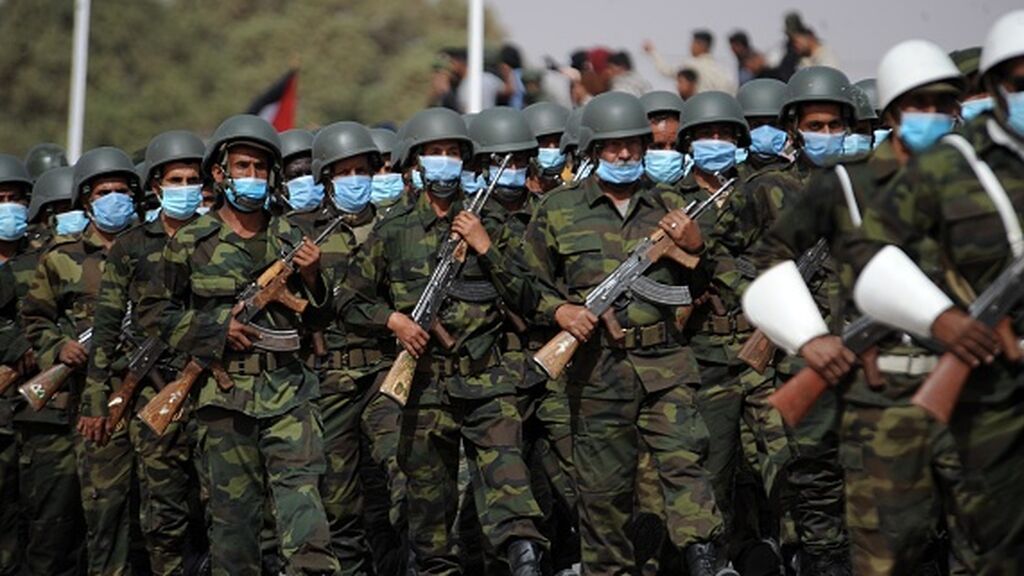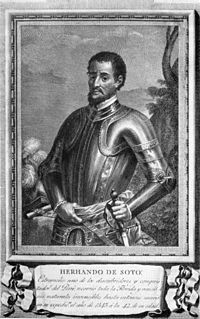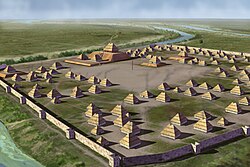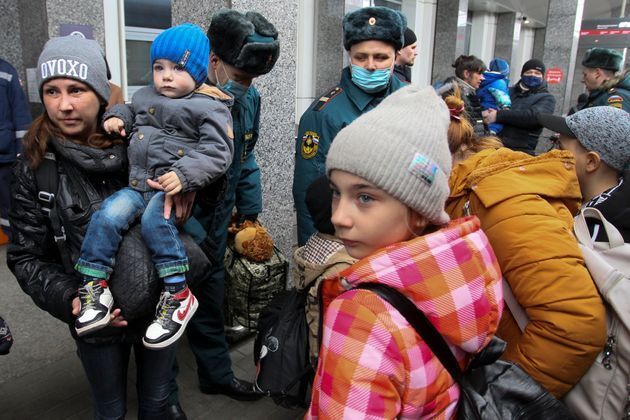Montuno
...como el Son...
One of the consequences of the Spanish president's turnaround in the traditional alliance with Algeria and the Saharawi Arab Democratic Republic, may be to end up throwing Algeria (one of EU possible gas suppliers) into the hands of Russia (with all its implications); until now, Spain was the main balance to the Russian presence and influence (coming from the US-USSR Cold War) in Algeria. This would benefit Russia geostrategically (if it influences the main possible substitute to its gas exports to the EU), and economically to the USA (less competition to its liquefied gas for Europe), but not to the EU, of course, quite the opposite:
Russia and Algeria will carry out “anti-terrorist” military maneuvers on the border with Morocco
The exercises will consist of "tactical movements to search for, detect and destroy illegal armed groups" and take place after the cooling of relations between Algeria and Spain
/cloudfront-eu-central-1.images.arcpublishing.com/larazon/ITOBGAPIWNAAJKQYLBSKTM4EQM.jpg)
The Algerian flag flies next to that of Morocco on the border between the two countries in the Moroccan region of Oujda . PHOTO: JALAL MORCHIDI EFE
MADRID
CREATED04-06-2022 | 1:31 P.M.LAST UPDATE04-06-2022 | 4:49 P.M.
Russia 's Southern Military Region has announced that it will carry out joint anti- terrorist exercises with Algerian forces next November , according to the digital Ecsaharawi, citing sources from the state agency RT.
Related news
The maneuvers will be carried out at the Hammaguir base, in the Béchar region, on the border with Morocco, in the southwest of the Algerian country and some 700 kilometers south of Melilla. Both armies coordinated the choice of the exercise venue and the organization of logistics, including accommodation procedures. The statement added that the maneuvers will consist of tactical movements to search for, detect and destroy illegal armed groups. About 80 Russian soldiers will participate in them.
The combat maneuver plan provides for the participation of soldiers from the region in international exercises with units of the armed forces of Algeria, Egypt, Kazakhstan and Pakistan.
"These joint exercises are part of Russian-Algerian cooperation , which is reflected in the recent visit of the Algerian Foreign Minister to Moscow on April 4 to meet with the head of the Russian Security Council, Nikolai Patrushev, where they agreed on new " axes and perspectives to strengthen cooperation between the two countries”. He also held discussions with Russian Foreign Minister Sergei Lavrov. For his part, the president of the Algerian National Popular Assembly, Brahim Boughali, received the Russian ambassador in Algiers on Monday and reiterated Algeria's attachment to Russia in a "strategic" and "profound" way, underlines the digital.
https://www.larazon.es/internacional...2wu4j44ji.html
Russia and Algeria will carry out “anti-terrorist” military maneuvers on the border with Morocco
The exercises will consist of "tactical movements to search for, detect and destroy illegal armed groups" and take place after the cooling of relations between Algeria and Spain
/cloudfront-eu-central-1.images.arcpublishing.com/larazon/ITOBGAPIWNAAJKQYLBSKTM4EQM.jpg)
The Algerian flag flies next to that of Morocco on the border between the two countries in the Moroccan region of Oujda . PHOTO: JALAL MORCHIDI EFE
MADRID
CREATED04-06-2022 | 1:31 P.M.LAST UPDATE04-06-2022 | 4:49 P.M.
Russia 's Southern Military Region has announced that it will carry out joint anti- terrorist exercises with Algerian forces next November , according to the digital Ecsaharawi, citing sources from the state agency RT.
Related news
-
Sanctions. The rain of millions of euros that the EU has paid to Putin since the war began -
Economic war. Russia, “forced” to pay the interest on its debt in rubles after the US blocks its payments in dollars
The maneuvers will be carried out at the Hammaguir base, in the Béchar region, on the border with Morocco, in the southwest of the Algerian country and some 700 kilometers south of Melilla. Both armies coordinated the choice of the exercise venue and the organization of logistics, including accommodation procedures. The statement added that the maneuvers will consist of tactical movements to search for, detect and destroy illegal armed groups. About 80 Russian soldiers will participate in them.
The combat maneuver plan provides for the participation of soldiers from the region in international exercises with units of the armed forces of Algeria, Egypt, Kazakhstan and Pakistan.
"These joint exercises are part of Russian-Algerian cooperation , which is reflected in the recent visit of the Algerian Foreign Minister to Moscow on April 4 to meet with the head of the Russian Security Council, Nikolai Patrushev, where they agreed on new " axes and perspectives to strengthen cooperation between the two countries”. He also held discussions with Russian Foreign Minister Sergei Lavrov. For his part, the president of the Algerian National Popular Assembly, Brahim Boughali, received the Russian ambassador in Algiers on Monday and reiterated Algeria's attachment to Russia in a "strategic" and "profound" way, underlines the digital.
https://www.larazon.es/internacional...2wu4j44ji.html

/cloudfront-eu-central-1.images.arcpublishing.com/larazon/CA73A6EC5ZBQFFIFGLA2SL2FEI.JPG)
/cloudfront-eu-central-1.images.arcpublishing.com/larazon/3D7XES5L5RFWDKK5FVG2UFSMBM.JPG)

 Maroc Defender مدافع المغرب
Maroc Defender مدافع المغرب
 NEWS
NEWS


































